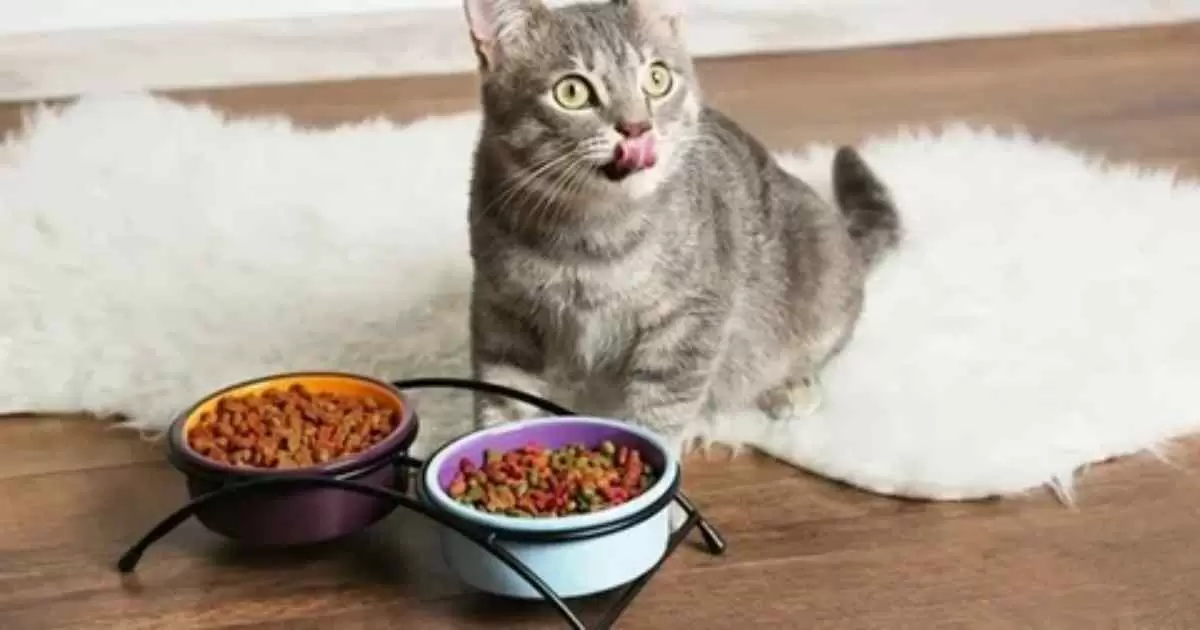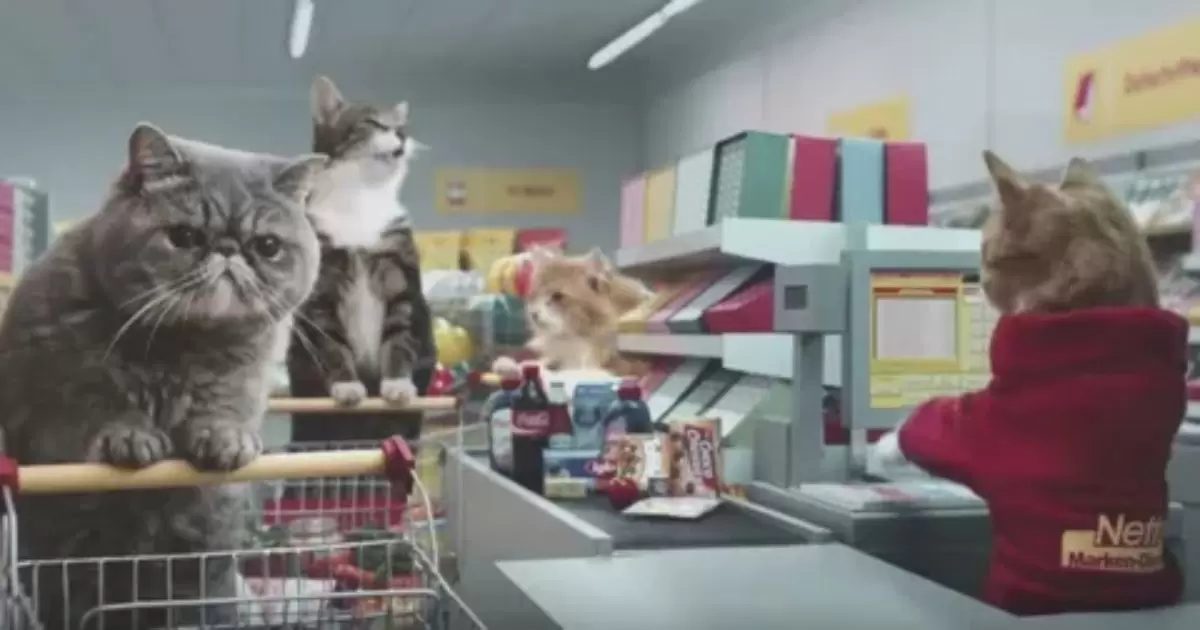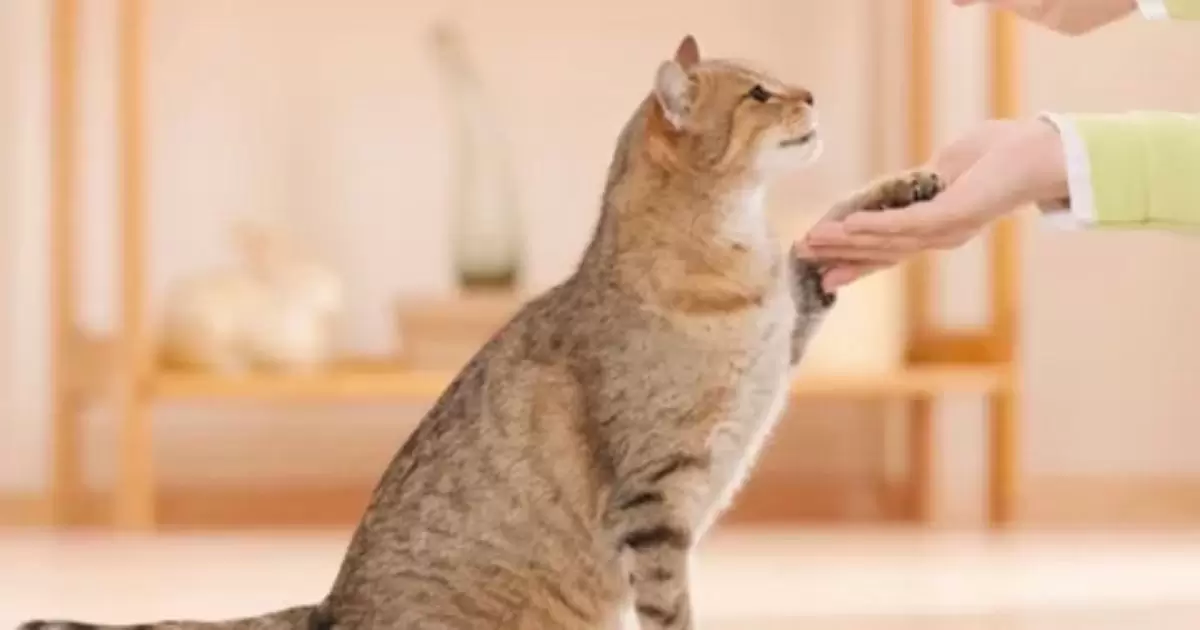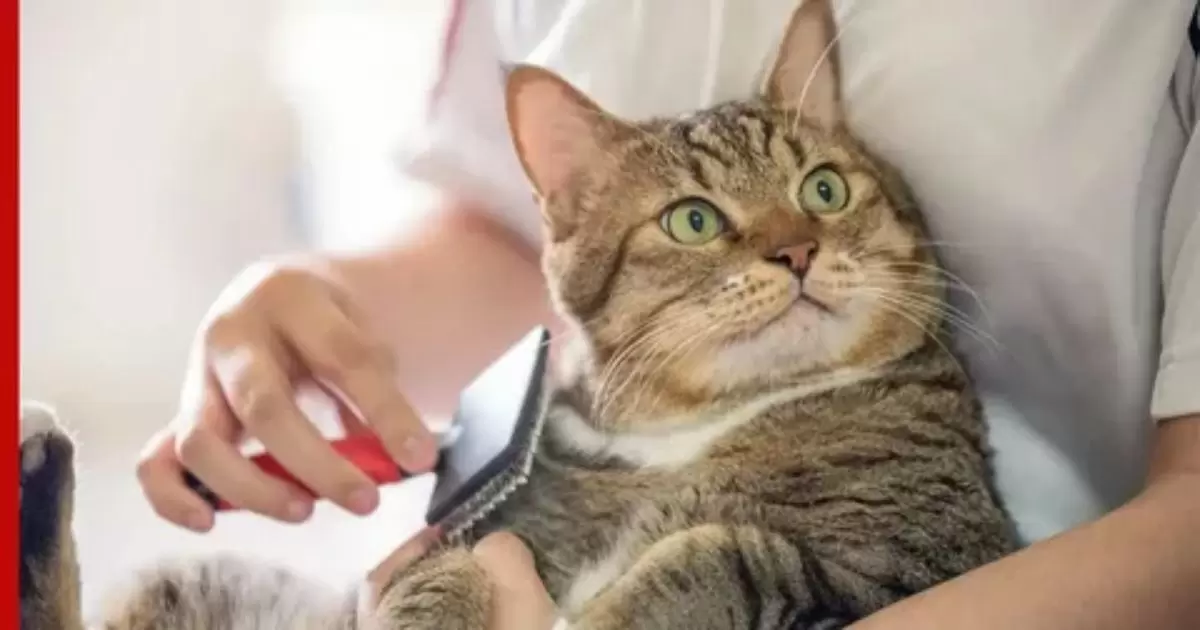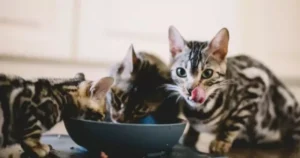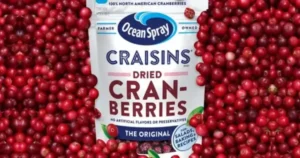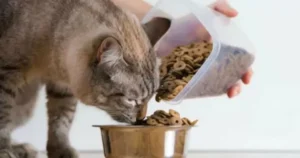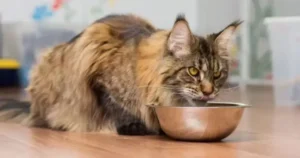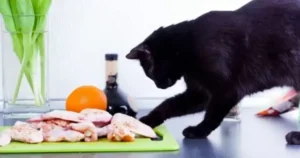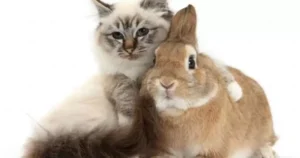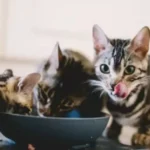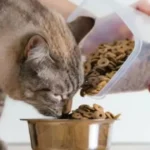Do cats get tired of the same food?Cats can lose interest in eating identical meals every day. Just like human beings revel in quite a few flavors and textures, cats additionally respect changes in their weight-reduction plan. Eating the simplest one meal constantly may additionally cause a cat to refuse the meals altogether.
Does your feline turn up her nose when you put down that bowl of kibble again? Has Fluffy lost interest in her once favorite canned cat food lately? She may be indicating it’s time to spice up the menu. Cats tempted by new tastes and smells respond with an enthusiastic appetite. An ever-changing selection keeps mealtime exciting for your discerning feline.
A cat tiring of a monotonous diet is a sign their person should introduce some variety. Consulting your veterinarian on nutrient guidelines even as supplying an occasional new flavor, logo or texture can perk up a bored cat. Satisfying your pet’s longing for a culinary journey encourages healthful eating behavior.
Do Cats Enjoy Eating the Same Old Meals?
Cats can get bored of eating the same meals each day. Just like people experience a variety of flavors, cats also admire new tastes and textures. Serving up identical dry kibble or canned meals time and again can motivate a cat to get bored at mealtimes. Pay attention to signs your cat is getting tired of their usual food.
Though cats love routine, the lack of diversity in their bowl may make them less eager to chow down. Researchers have found that introducing new recipes and proteins keeps cats engaged with their food.Mixing matters up is fundamental to keeping your bushy friend excited for time for supper.
Variety is the Spice of Life – Even for Cats
It’s no mystery cats love variety in their meals. In the wild, felines are used to hunting different types of prey for nutrients. Domestic cats retain that craving for diversity even when served food from a bag or can. Science backs this up – multiple studies have shown cats prefer buffet-style meals with options.
Offering your pet different flavors, from chicken to salmon to beef, adds excitement. Not only will this satisfy their curious palates, but it ensures they get all the necessary nutrients. Pay attention to which recipes they devour vs ignore to learn your cat’s personal preferences over time. Keen observation means you can cycle between their favorite foods.
Why Your Cat May Be Giving You A Cold Shoulder at Meal Times
Has your previously enthusiastic eater turned up their nose lately at their full food bowl? There’s likely a reason for this chilly reception at meal times. The culprit? Boredom. Just as humans tire of eating the same homemade meals or restaurant orders repeatedly, cats are no different.
While cats enjoy consistency in other parts of their routine for security, their food is one area they desperately crave variety. If your cat is no longer running to their bowl excitedly come dinner time, taking a fresh look at their diet is key. Simply putting down a new recipe may reawaken their appetite and zest for their meals.
Signs Your Cat is Bored of Their Food
How can you know if your furry best friend is bored of their current culinary situation? Thankfully, cats make their feelings known through some telltale behaviors around mealtimes. Does your cat seem disinterested in food lately? Have they started walking away from their bowl after a few half-hearted bites? These clues show your cat’s developing boredom.
Other signs include meowing insistently around feeding times, even when you’ve filled their bowl. Cats also make their dislike for food known by trying to bury or hide it. Pay attention to these signals from your pet. Understanding when and why cats get tired of their meals is the first step toward keeping them happy and healthy through diet.
Researchers Weigh in: Cats Love Diversity in Flavors
Feline taste and food preferences have been extensively studied to understand cats’ culinary quirks better. Time and again, research confirms cats enjoy and even thrive on variety in their meals. According to scientists, cats possess around 500 taste buds compared to humans’ 9,000. But those taste receptors are finely attuned to detect many flavors.
In one study, when presented with three different wet foods multiple times in random order, cats were most excited by the uncertainty of what was on their menu next. This drive for sensory diversity means cat owners need to mix up food textures and formats, not just primary ingredients.
The Picky Eater Predicament – Understanding Fussy Felines
If your cat seems perpetually displeased with their meals, what gives? Welcome to the picky eater predicament. Whether it’s turning up their nose or walking away mid-bite, finicky eating habits can be maddening and confusing for cat owners. But what motivates this fussiness? Do Cats Get Tired Of The Same Food? It’s a query that many puppy owners ponder as they try to navigate the sensitive balance of presenting a nutritious and pleasant food regimen for his or her pussycat companions.
Understanding the science behind cats’ taste buds provides insight. Having far fewer taste receptors than humans, cats rely more on aroma to evaluate foods. Scent drives both their appetite and food memories strongly. Finding flavors aligned with their preferences is key, as is deterring boredom through variety. Paying attention to which foods delight vs dismay your sensitive feline feeder makes all the difference.
Tips to Keep Your Cat Excited for Dinner Time
Want to have your cat eagerly anticipate their meals again instead of giving you the cold shoulder? It’s understandable for cats to get bored if their diet stays monotonous for too long. Thankfully, you can reboot their food joy with a few simple tricks.
First, pay attention to when they lose interest in current recipes to identify flavor fatigue. Cycle between a few different proteins to add novelty. Adjust food textures by incorporating wet foods or mixing in special toppers for crunch. Portion control feeders that require effort slow down speedy gobblers. Automated feeders provide positive reinforcement by separating food from you. With a few tweaks, it’s easy to get your feline foodie purring again.
Creative Ways to Switch Up Your Cat’s Diet
Tired of your finicky eater turning their nose up at their food again and again? Bring the excitement back to feline mealtimes with a little kitchen creativity aimed at their boredom. Instead of leaving cat food as an afterthought, incorporate effort and care into their dining routine.
For starters, create homemade cat treats with safe human foods as tasty tidbits. Introduce supplemental freeze-dried raw, air-dried, or dehydrated mixes into kibble. Hand-feed special meal toppings for engagement. Invest in cat grass kits for digestibility. And don’t forget to ask the vet about additions like omega-3s or probiotics to round out nutrition. With a few easy prep tweaks borrowed from our own kitchen habits, fussy cats transform into devoted diners.
Understanding Flavor Fatigue: When Familiar Food Becomes Bland
What exactly causes cats to suddenly snub foods they previously gobbled up eagerly? The phenomenon has a name – flavor fatigue. Just as humans find favorite meals become boring after heavy repetition, cats experience taste bud boredom in the same way. Science confirms cats’ limited taste receptors adapt to commonly eaten foods, leaving them lacking in sensory excitement.
This flavor fatigue sets in after a cat has eaten the same food consistently for weeks or months on end. Even foods they initially loved and couldn’t get enough of can become tiresome or even distasteful. This sensory boredom explains finicky cat behavior. But the situation is fixable with some easy diet modifications to restore that feeling of food novelty so key to feline feeding enjoyment.
Best Practices for Keeping Your Cat Interested in Their Food
Want to head off cat food boredom before your cat starts staging a hunger strike? Preventing flavor fatigue is much easier with some feeding time best practices to bear in mind.
watch your cat’s behavior around mealtimes. Are they still rushing excitedly to their dish? Take notes on cues of waning interest like walking away after a few bites. Cross-reference with how long they’ve had current food to spot boredom. Next, have at least three to four different cat foods or proteins on hand to cycle between.
How to Choose New Recipes Your Cat Will Enjoy
Despite cats’ finicky reputations, landing on new favorite recipes to relieve diet boredom need not be an exercise in frustration. Understanding your cat’s preferences, budget, and nutritional needs helps narrow the search quickly.
As obligate carnivores, cats either prefer animal-based proteins like chicken, beef, or fish or at minimum require meat-first ingredient lists. Note textures they gravitate to – gravies, pâtés, shredded meats, or dry kibble. Seek out limited-ingredient, grain-free options for easy digestion. Within those guardrails, let their taste buds guide you – cats don’t hesitate to demonstrate likes or dislikes. 9 Lives Good Cat Food offers a variety of textures and flavors to appeal to most cats’ preferences.
FAQs:
Do cats ever become bored of the equal food?
Yes, cats can lose interest in ingesting the same meals each day.
Do cats lose interest in their meals?
Cats can also become bored with foods they have eaten continually for an extended time.
Do cats get tired of moist meals?
Cats can tire of moist meals if it’s the only texture they’re offered and lacks flavor range.
Do cats like to trade in food?
Yes, introducing new flavors, formats, and recipes maintains cats’ engagement with their food.
Conclusion:
The solution to the question, Do Cats Get Tired Of The Same Food? is a powerful sure. As we’ve explored, cats love and thrive off of range in their food. Much like their wild ancestors, domestic cats are biologically hardwired to seek out different tastes and textures. Scientists have shown that introducing new foods and proteins keeps cats engaged and excited for mealtimes.
By understanding your cat’s needs for diversity, paying attention to their changing interests, and getting creative with food options, you can keep your feline housemate happy, healthy, and eager to run to their food bowl. Leveraging variety is the simple secret to making sure the answer stays no when it comes to cats tiring of their daily fare.
